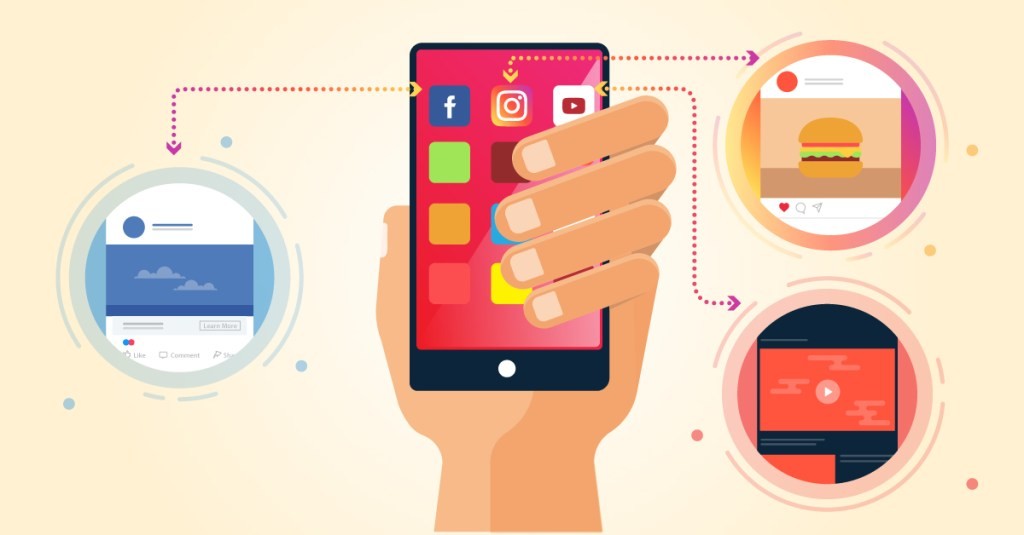Augmented Reality (AR) has come a long way since its inception, and in 2025, it is transforming industries like retail and education. AR technology overlays digital information onto the physical world, creating immersive experiences that enhance how we interact with our environment. From virtual try-ons in retail to interactive learning in education, AR is opening up new possibilities for businesses and consumers alike. The advancements in AR technology in 2024 are making it more accessible, affordable, and impactful than ever before.
In the retail sector, AR is revolutionizing the shopping experience. Customers can now use AR apps to visualize how furniture will look in their homes or try on clothes and accessories virtually before making a purchase. This not only enhances customer satisfaction but also reduces the likelihood of returns, benefiting both consumers and retailers. Brands like IKEA and Sephora have already embraced AR, and in 2024, more companies are expected to follow suit. For example, IKEA’s AR app allows customers to see how a piece of furniture will fit and look in their living space before buying it. Similarly, Sephora’s Virtual Artist app lets users try on makeup virtually, helping them make informed purchasing decisions.
AR is also transforming the way retailers market their products. Interactive AR advertisements allow customers to engage with products in a more immersive way, increasing brand awareness and driving sales. For instance, a cosmetics brand can create an AR filter that lets users try on different shades of lipstick through their smartphone cameras. This not only makes the shopping experience more enjoyable but also encourages customers to share their experiences on social media, amplifying the brand’s reach.
Education is another area where AR is making a significant impact. AR-powered learning tools are enabling students to explore complex concepts in a more engaging and interactive way. For example, medical students can use AR to visualize human anatomy in 3D, while history students can take virtual tours of ancient civilizations. This hands-on approach to learning is proving to be more effective than traditional methods, as it caters to different learning styles and keeps students motivated. In 2024, AR is being integrated into classrooms and online learning platforms, providing students with a more immersive and personalized learning experience.
One of the most exciting applications of AR in education is the use of AR textbooks. These digital textbooks come to life when viewed through a smartphone or AR headset, providing interactive 3D models, animations, and videos that enhance the learning experience. For example, a biology textbook can include AR models of the human body that students can explore in detail, making it easier to understand complex concepts. Similarly, an AR history textbook can include virtual tours of historical sites, allowing students to experience history in a more engaging way.
AR is also being used to train professionals in various fields. For instance, medical professionals can use AR simulations to practice surgical procedures, while engineers can use AR to visualize and troubleshoot complex machinery. This not only improves the quality of training but also reduces the risk of errors in real-world scenarios. In 2025, AR is becoming an essential tool for professional development, enabling individuals to acquire new skills and knowledge in a more interactive and effective way.
Despite its potential, the adoption of AR is not without challenges. The cost of developing AR applications and the need for compatible devices can be barriers for some businesses and institutions. Additionally, there are concerns about the potential for AR to distract users or create unrealistic expectations. However, as technology becomes more accessible and affordable, these challenges are likely to diminish. In 2025, we are seeing the rise of AR platforms that make it easier for businesses and educators to create and deploy AR content without requiring extensive technical expertise.
The integration of AR with other emerging technologies is also driving innovation. For example, the combination of AR and artificial intelligence (AI) is enabling more sophisticated and personalized AR experiences. AI algorithms can analyze user behavior and preferences to deliver customized AR content, enhancing the overall experience. Additionally, the use of 5G technology is improving the performance of AR applications, enabling faster data transmission and reducing latency. This is particularly important for real-time AR applications, such as live AR events or remote AR collaboration.
As we look to the future, the potential of AR to transform industries is undeniable. In 2024, AR is no longer a futuristic concept; it is a reality that is reshaping how we shop, learn, and interact with the world. As businesses and educators continue to explore its potential, we can expect to see even more innovative applications of AR in the years to come. From virtual shopping experiences to immersive learning environments, AR is revolutionizing the way we live and work.
In conclusion, AR is a powerful tool that is transforming industries like retail and education in 2025. Its ability to create immersive and interactive experiences is enhancing customer engagement, improving learning outcomes, and driving innovation. While there are challenges to overcome, the advancements in AR technology are making it more accessible and impactful than ever before. As we continue to explore the possibilities of AR, we can expect to see even more exciting developments that will shape the future of retail, education, and beyond.





